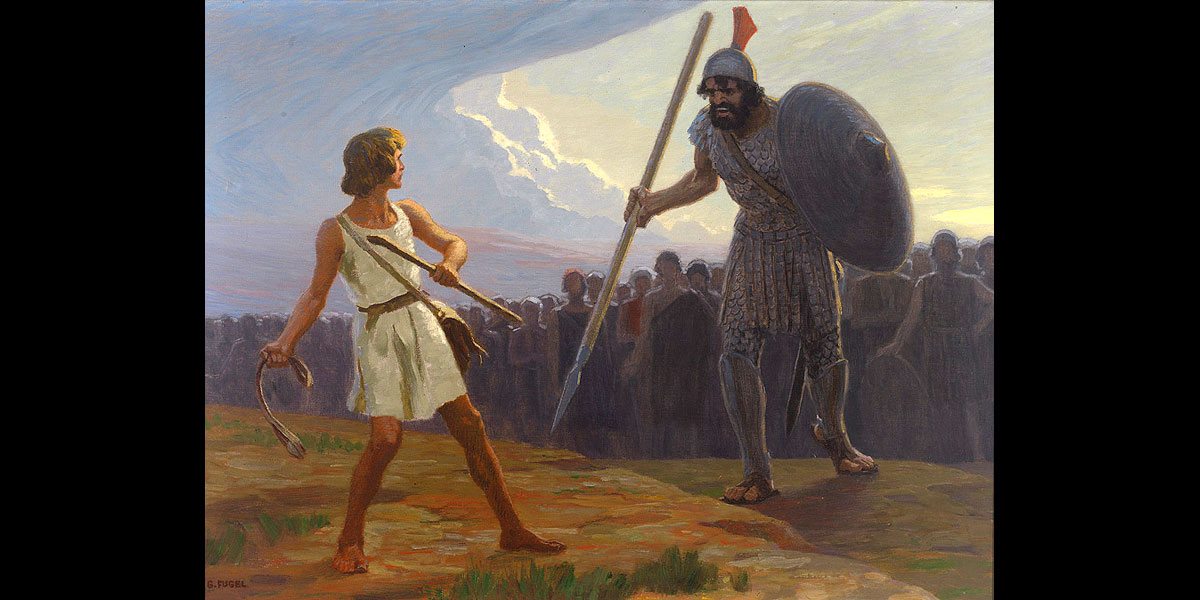
 At long last, my trilogy of D&D 4th Edition reviews concludes. Previously, you were subjected to my take on the Player’s Handbook (PHB) and the Monster Manual (MM). Now I’m going to delve into the Dungeon Master’s Guide (DMG).
At long last, my trilogy of D&D 4th Edition reviews concludes. Previously, you were subjected to my take on the Player’s Handbook (PHB) and the Monster Manual (MM). Now I’m going to delve into the Dungeon Master’s Guide (DMG).
Oddly, as I reviewed each of the three books, I began to like them more and more. With the PHB I found myself bombarded with changes. Honestly, so much about character skills and powers is different that I think I was overwhelmed by all the changes. With the Monster Manual I found a lot to like, as well as a much-needed consistency with the previous edition’s mix of critters. With the DMG, I realized adventuring, the heart and soul of the game, remains unchanged.
So what does the DMG have in store for the reader? Foremost, game mastering advice. True to the title and previous versions, the DMG shows you how to run a game. Some of the advice seems a little unnecessary, such as a paragraph on how to choose food for your gaming session. But other tips are spot on like keeping a lists of names for random NPCs. (No, the knight isn’t named Sir Steve.)
One of the most difficult aspects of learning a game is running your first fight. The section that goes over the various combat permutations is perfect — free of rules and clear in explanations. The book goes into lengthy, but not comprehensive detail on a number of core mechanics like aquatic combat, poisons, and so on — stuff that might come up during a fight.
But combat isn’t everything and there is a section that talks about other sorts of challenges — traps, puzzles, problem solving and skill checks. This includes archetypal challenges like finding one’s way out of a wilderness or eluding pursuit in a city. The trap list is extremely thorough and ranges from simple pit traps to a Level 29 Sphere of Annihilation.
Of course, part of being DM is to dole out treasure, and the DMG tells you how to do it. The standout for me was the section on artifacts. The list isn’t exhaustive, with maybe half a dozen classic ones like Vecna’s Hand. However, I really liked the detailed rules for "concordance" — the way a user gains the acceptance of the artifact. Concordance is rated from 20 (complete cooperation) to 0 (uh oh.) It’s a very lengthy and difficult struggle, with the artifact’s powers increasing as it comes to accept you, or decreasing if your concordance goes down. You wouldn’t like the typical artifact when it gets angry — for instance, Vecna’s Hand turns you to ashes as it teleports away. And even if you get resurrected, you will have a stump forever.
For game masters looking for campaign ideas, the DMG covers the requisite campaign themes, plot ideas and tips on linking adventures into epic quests. There is even brief coverage of 4E’s token game world in the set, similar to the Freeport setting. Previous versions of the DMG had either nothing, or assumed readers wanted to dive into the absurdly voluminous Forgotten Realms setting. For me, the best part of the book was this game world, and most importantly, tips on making it your own. There are a lot of assumptions the 4E designers formulated when working on the redesign. For instance, "The World is Ancient." But what if you don’t want your world to be ancient? Learn how to change it.
Overall 4th Edition Review
The game clearly represents the product of a great deal of thought, and the new rules are logical and consistent. The game books are beautifully laid out and illustrated, and are competitively priced (especially if you buy them off Amazon!)
I have only one small concern. Perhaps curmudgeonly, I feel the apple has fallen too far from the tree. The magic of the original D&D has been lost — no, not lost, just changed. Changed radically, to the point where I miss the old rules, warts and all. Is 4E a wonderfully designed, logical and consistent game? Yes. Will it inspire a whole new generation of players? Doubtlessly. Can it save tabletop gaming from obscurity in an era of digital entertainment? If anyone can, D&D 4E can.
With specialty games like Warhammer FRP, Shadowrun, increasingly gaming is a niche market, with only a few games big enough to appeal to wide swaths of the landscape. D&D 4E is the only one with the broad appeal, style and sophisticated design to dominate.
![Reblog this post [with Zemanta]](http://img.zemanta.com/reblog_e.png?x-id=ee446818-031c-49b6-8015-a3011c5a3b58)


